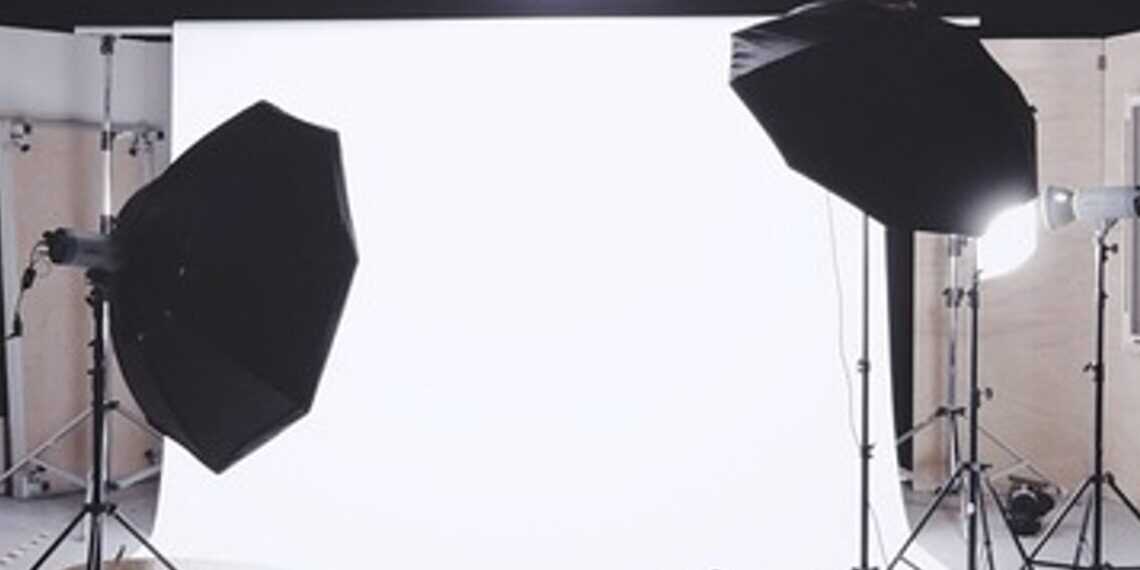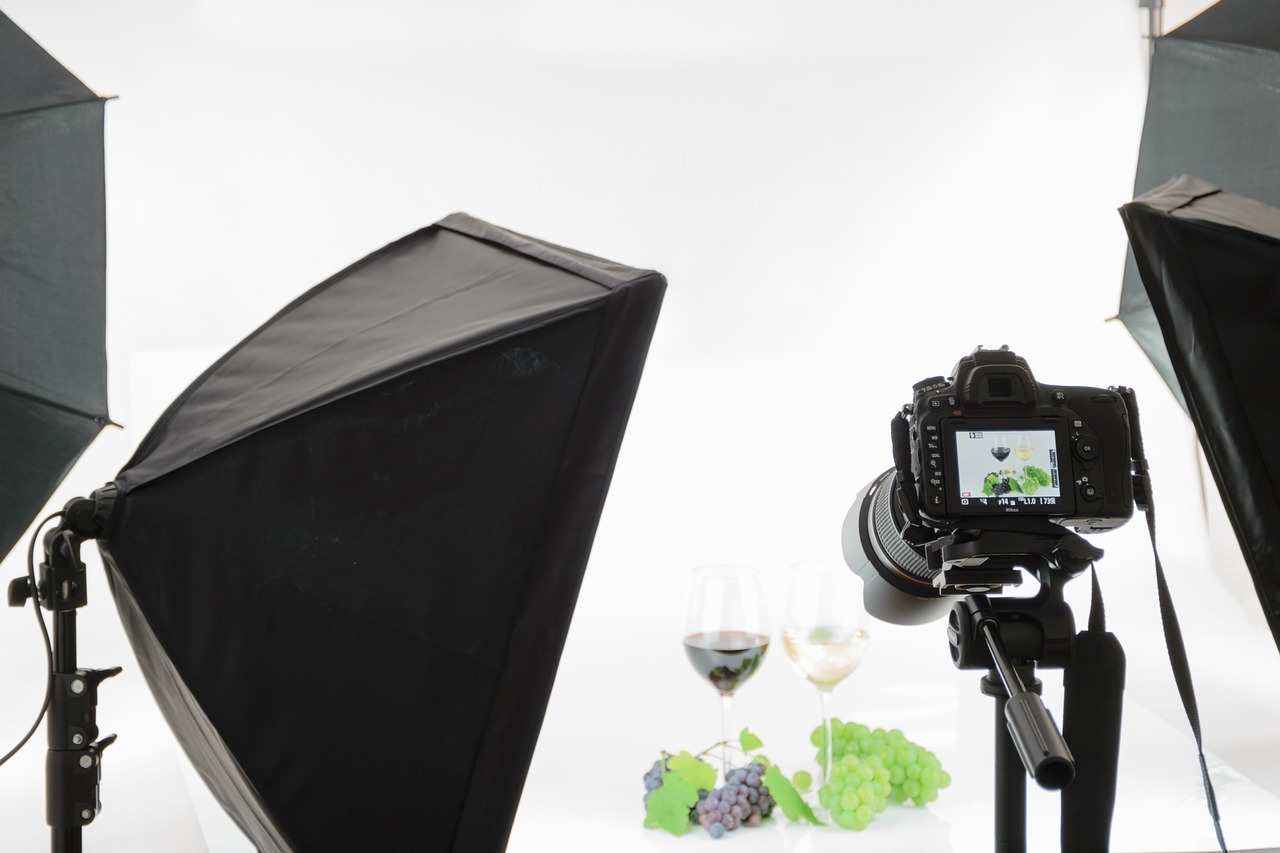E-commerce Product Photography: How to Shoot Like a Pro?
Profitable online sales in the competitive online retail market depend on immaculate product photography. Eye-catching visuals capture attention and convert clicks into sales. Over 85% of buyers believe product images are important when making an online purchase decision. Investing in high-resolution product photography Montreal increases brand credibility and trust. It enables highlighting the finest details, unique designs, and materials with striking vibrancy. Buyers can get a better sense of how items will appear in reality. Exceptional e-commerce product photography is no longer optional; it is a critical sales driver and brand reputation asset in today’s increasingly visual world. Gaining proficiency in this skill set can boost client loyalty, sales, and traffic. Here are some pointers to help you improve your photography for e-commerce products and increase traffic, sales, and customer loyalty. Camera And Lenses To elevate your e-commerce product photography, invest in a high-quality DSLR camera for crisp, high-resolution images. Another important factor in the look and feel of your photos is the lenses you use. A macro lens allows for zooming in on small details, while a zoom lens allows for various product sizes and angles. A wide-angle lens provides a unique perspective for flat-lay styling. With wide aperture capabilities, you can achieve a perfect background effect, making your product stand out and removing distractions. The right camera and lens combination provides complete control over focus, depth of field, and other parameters, resulting in excellent photography for e-commerce products and higher long-term conversions. To create eye-catching product imagery that accentuates your brand’s polished appearance, invest in high-quality camera equipment. Lighting Equipment Proper lighting is essential in e-commerce product photography. It can make or break the quality and appeal of your product photography. Invest in studio lights instead of camera flashes for e-commerce product photography. Reflectors and diffusers allow you to strategically manipulate and soften light to achieve the ideal exposure. These inexpensive tools produce flattering highlights and shadows. Diffusers, in particular, reduce harsh shadows, resulting in a cleaner, more streamlined look. A portable light cube is extremely useful for photographing three-dimensional products from multiple angles. For product photography, these enclosed boxes with integrated lights eliminate harsh shadows by offering uniform illumination from all sides. With the right lighting and modifiers, you can consistently capture professional-grade eCommerce product photos, just like an expert product photographer Montreal did. Prioritize lighting in any home studio, large or small. Your polished photography for e-commerce products will make the merchandise stand out. Photo Editing Software Even with the best camera and lighting, e-commerce product photography necessitates post-production work. Editing software enables you to optimize and improve images for maximum impact. If you want more sophisticated editing features, you should buy Adobe Photoshop. This powerful program allows you to make intricate adjustments, remove backgrounds, compose images, and more. It’s an indispensable tool for professional e-commerce photography. Easy-to-use apps like Snapseed are unrivalled for mobile optimization. With just a few taps on your mobile device, you can easily adjust exposure and colour vibrancy, as well as apply filters. Whatever path you take, don’t overlook proper image file setup for the web. Always save copies as compressed JPEGs to reduce file size while maintaining quality. The correct editing software will elevate your e-commerce product photography beyond simple touch-ups and provide sophisticated retouching. Investing time in this critical step distinguishes amateur shots from polished, print-worthy product imagery that truly sells. Shooting Strategies When it comes to e-commerce product photography, your shooting strategies can make a significant difference in image quality and visual impact. Apply the following strategies to give your Montreal product photography an expert look: First, embrace the negative space. Minimize clutter in the surrounding area to make your product the clear focal point. A clean, distraction-free background emphasizes every detail and line. The next step is to take images of the product from various angles, letting the potential buyers know the product more easily. Most importantly, keep the same style and aesthetic throughout all imagery for each product line. This gives customers a consistent, professional brand experience. Use identical backgrounds, props, lighting setups, and editing. With thoughtful e-commerce photography shooting strategies, you can create visually appealing product galleries that inform and inspire potential buyers. Draw them in with detail shots, communicate brand identity through styling, and establish trust through professional consistency. Every image should facilitate seamless selling. Summary The blog concludes by emphasizing the importance of high-quality product photography for e-commerce success. It not only attracts attention but also increases conversions, brand credibility, and customer trust. To accomplish this, you should invest in appropriate camera equipment, lighting tools, and photo editing software, as well as use effective shooting strategies. Ultimately, following these tips can make you a professional Montreal product photographer who can significantly increase traffic, sales, and customer loyalty. FAQs What characteristics distinguish the best eCommerce product photos? Excellent lighting that accurately displays product colours, details, and textures is essential. A clean, solid background allows the product to stand out. Crisp image resolution that captures the finer details of the product increases engagement. How can product photos include lifestyle context? Seeing products being used or shown in real-world settings helps potential customers imagine themselves owning or interacting with the product. This lifestyle branding resonates with customers. Sometimes it is simply displaying a product in its natural environment, such as a coffee mug on a table with coffee inside and a pot of coffee in the background. At times, lifestyle photography captures the product in use. For example, someone sat in the kitchen and drank from a coffee mug. Why is product photography necessary for online retail? Quality product photos are essential for e-commerce businesses to effectively showcase the products they offer for sale online. Appealing photos influence customer purchasing decisions and increase conversions. What basic equipment will you need to photograph products yourself? To photograph products in-house, you’ll need a high-quality camera, appropriate lighting equipment like photo tents or softboxes, image editing software, and tabletops or platforms to neatly display your products.


